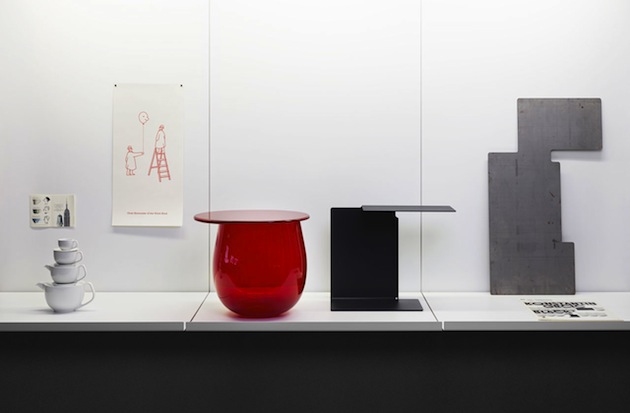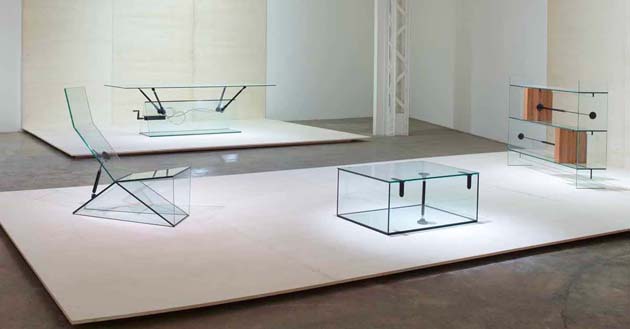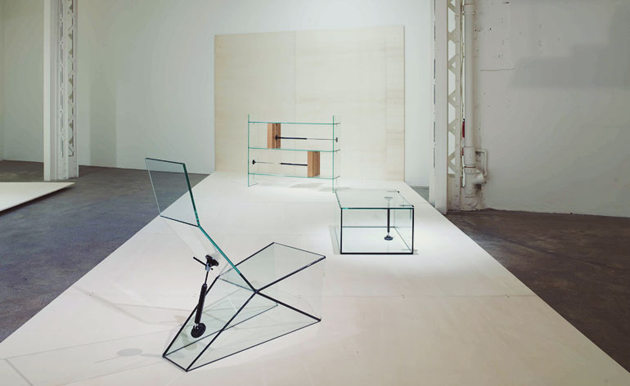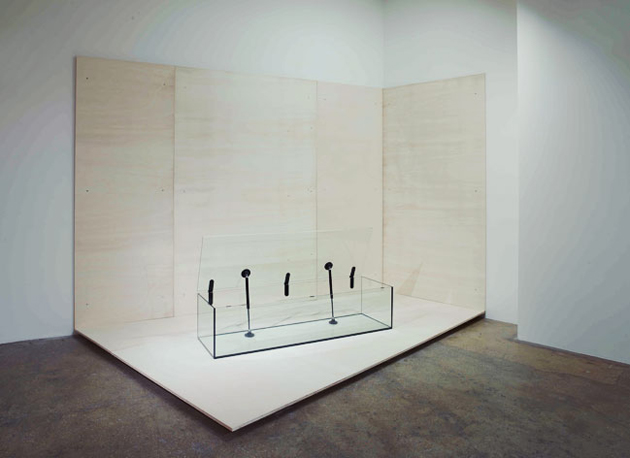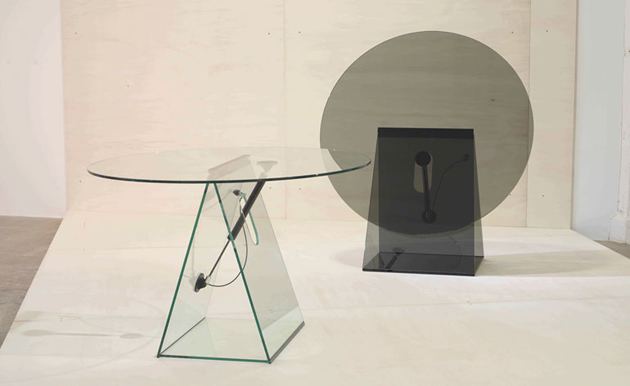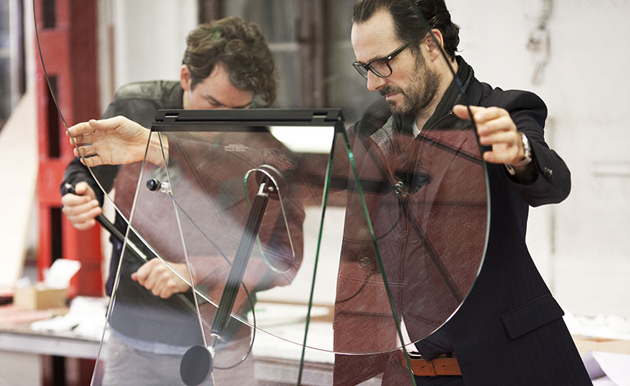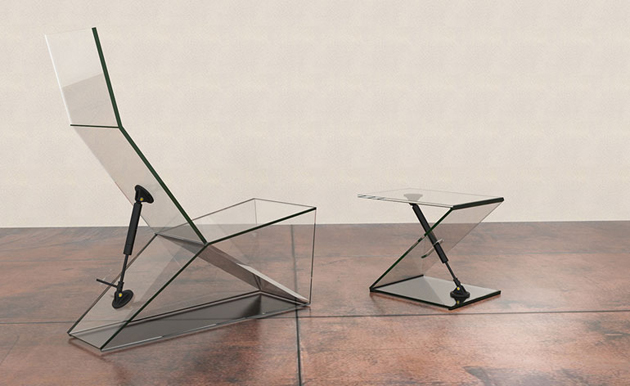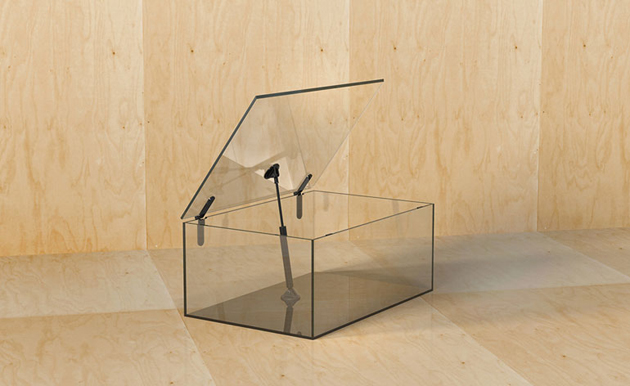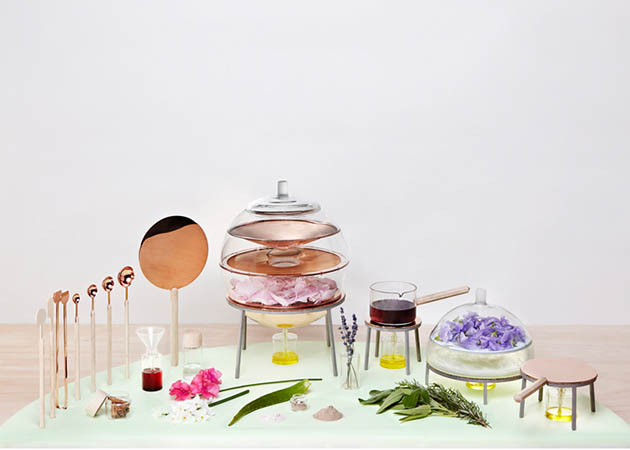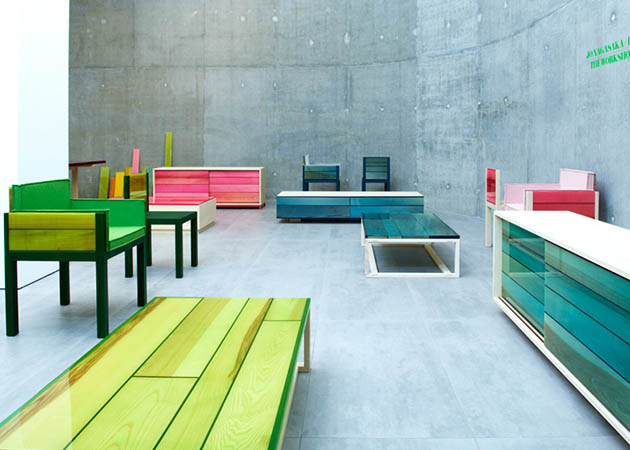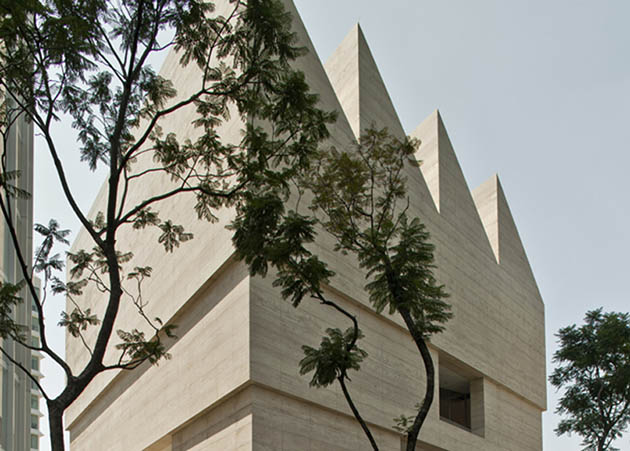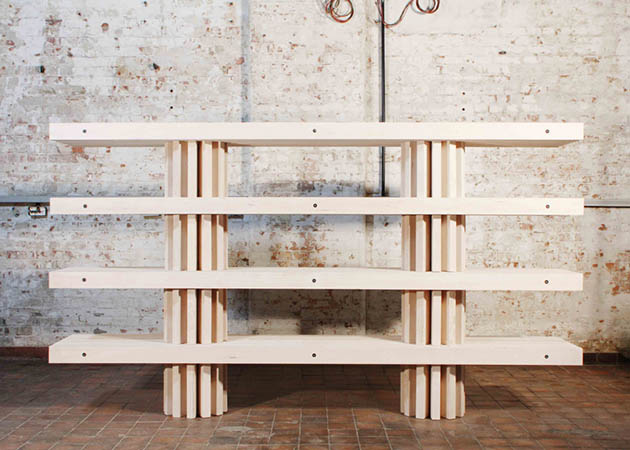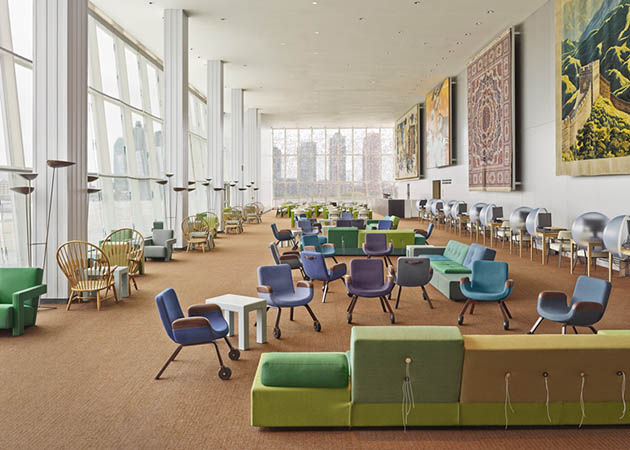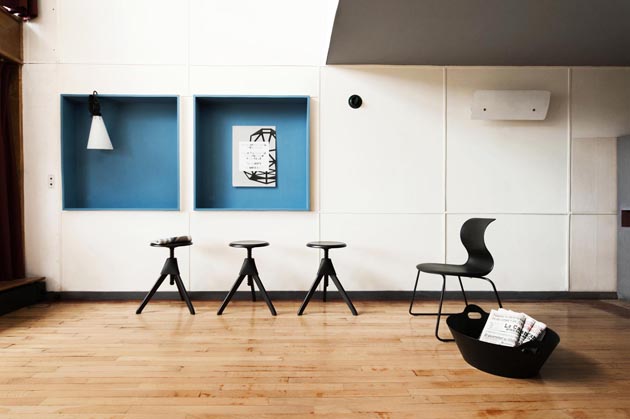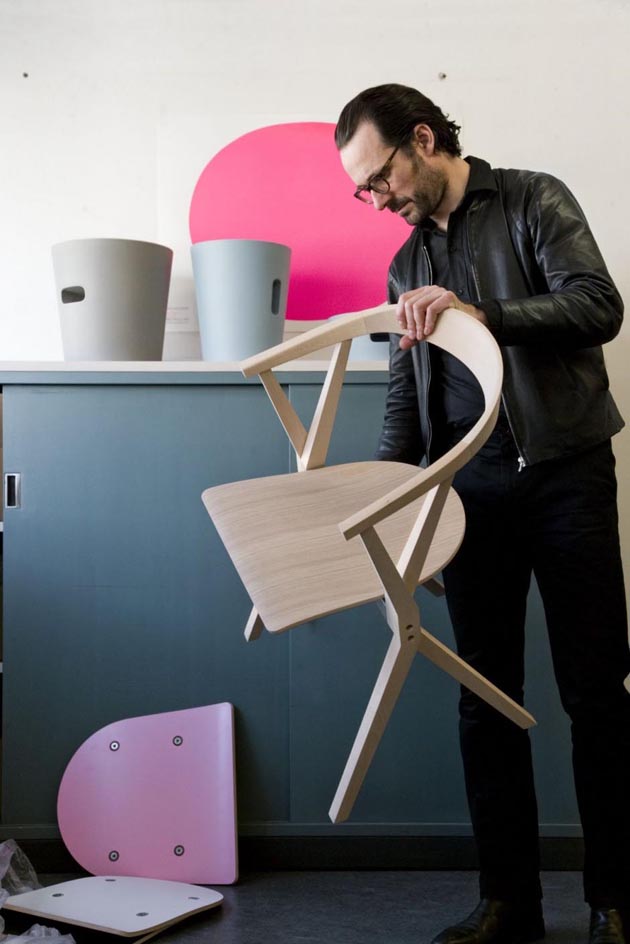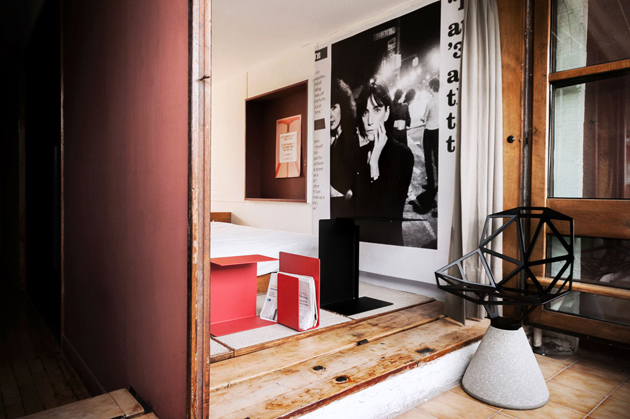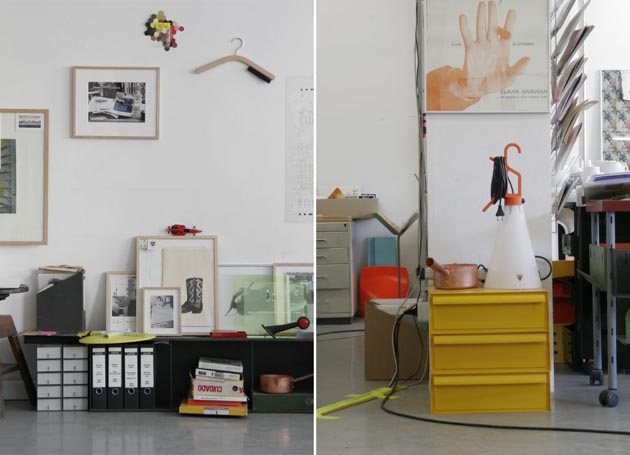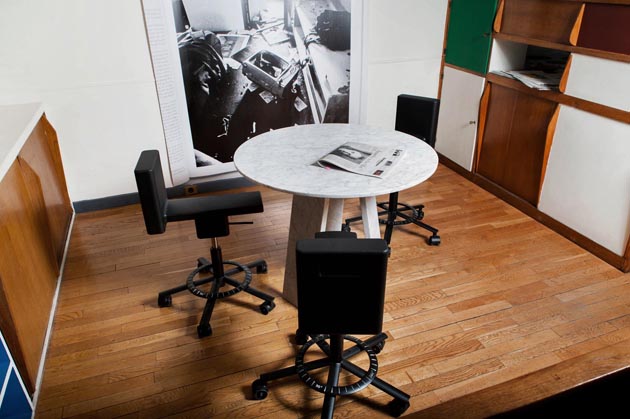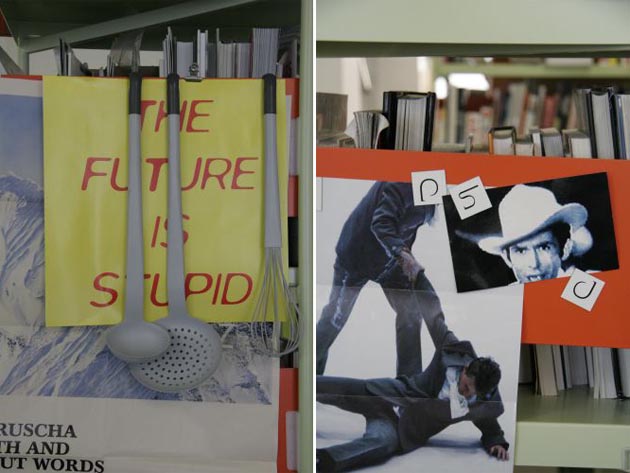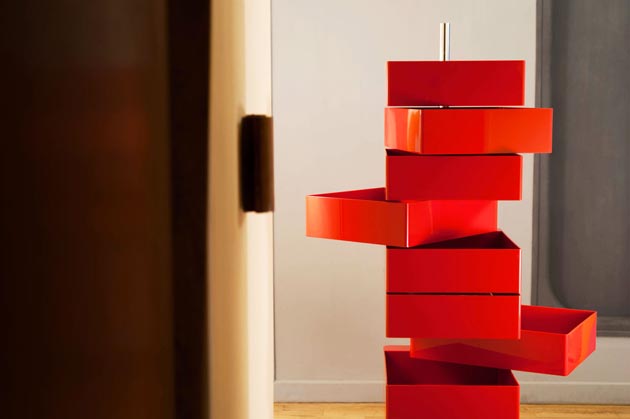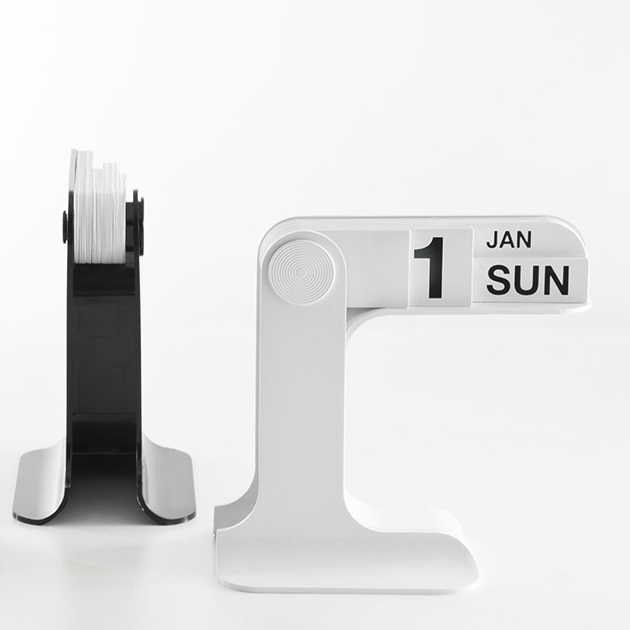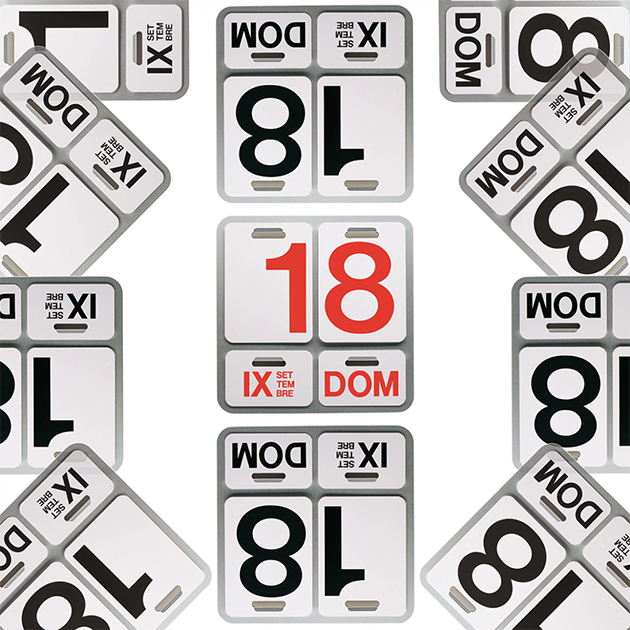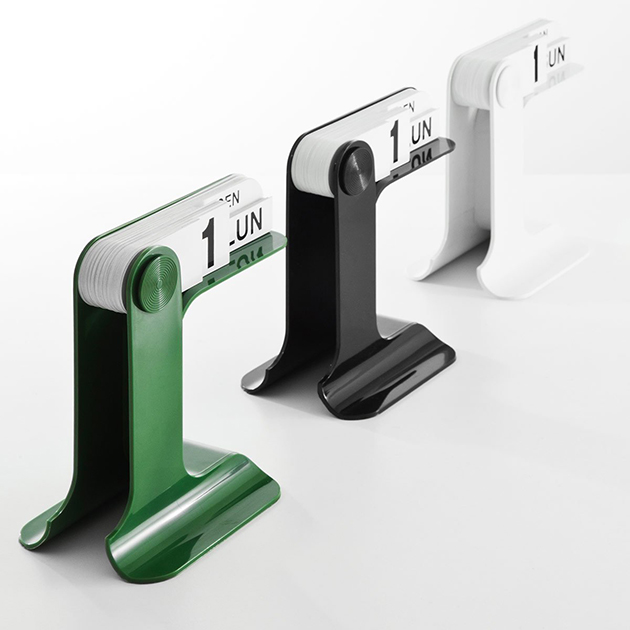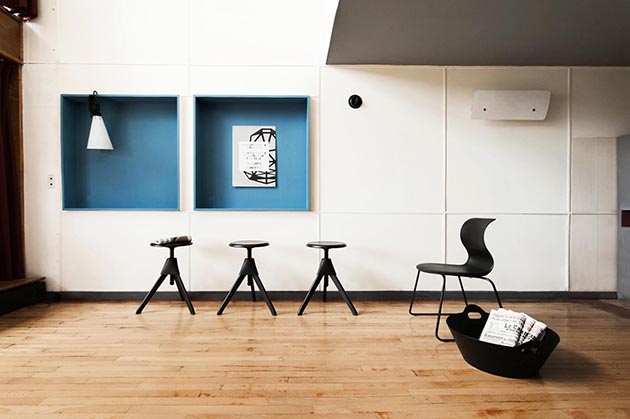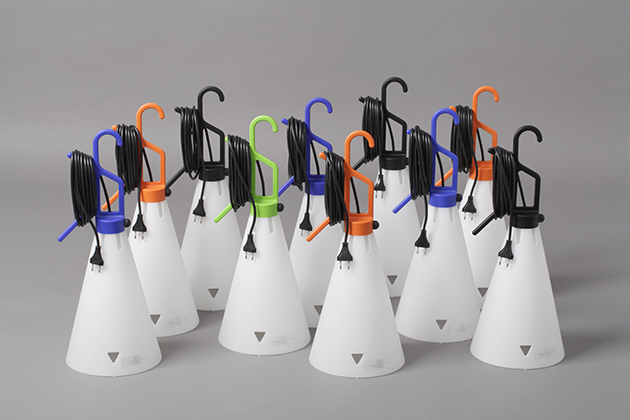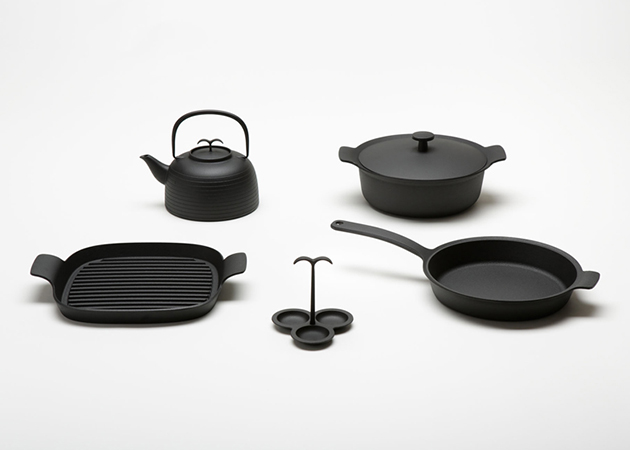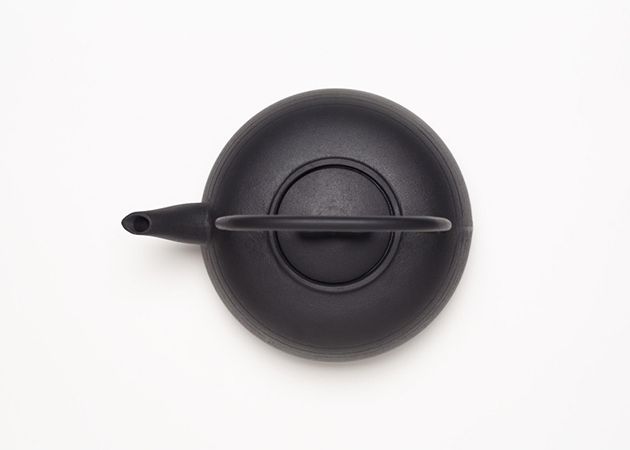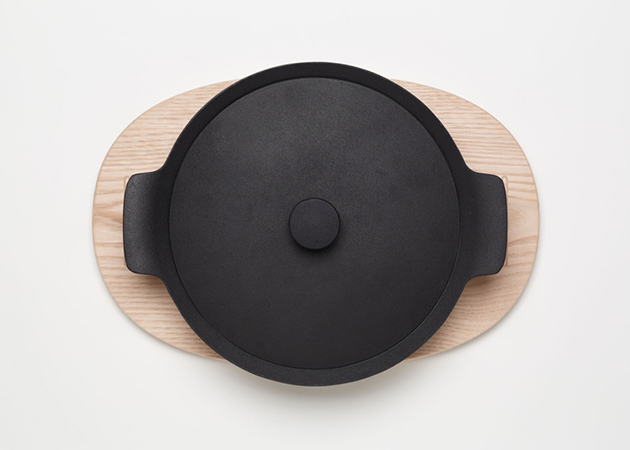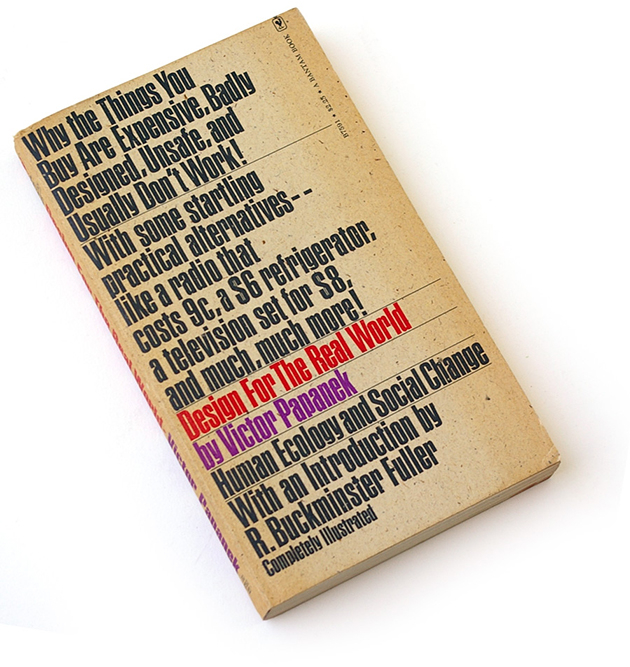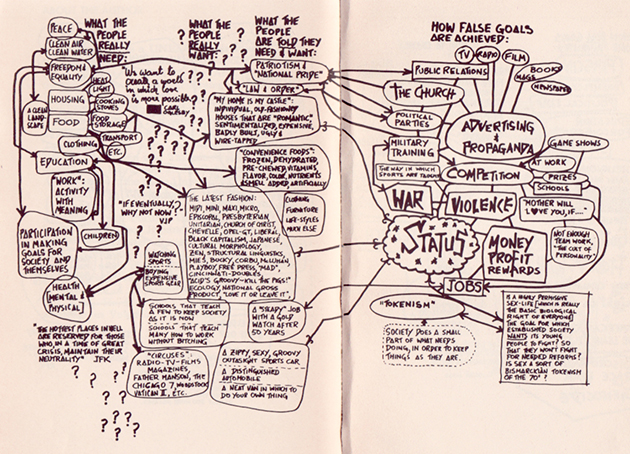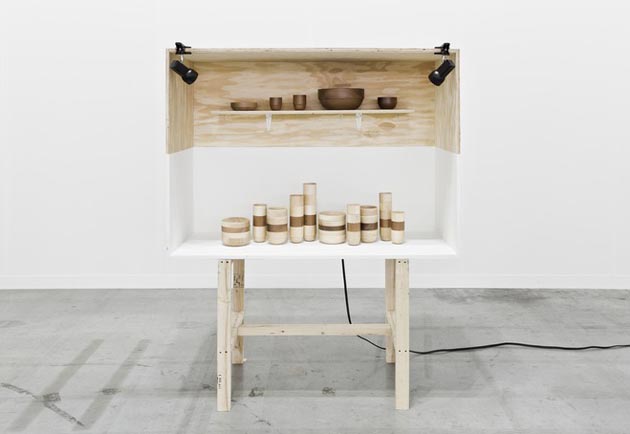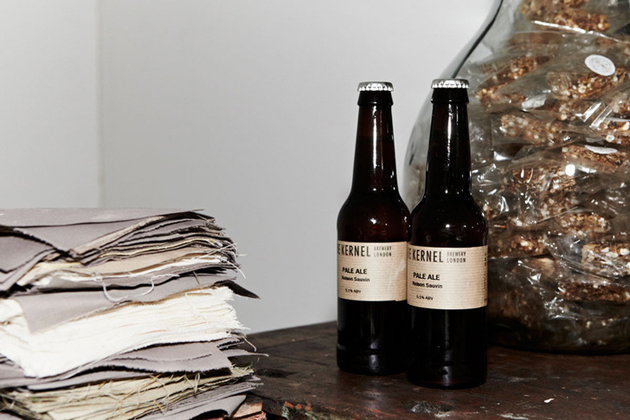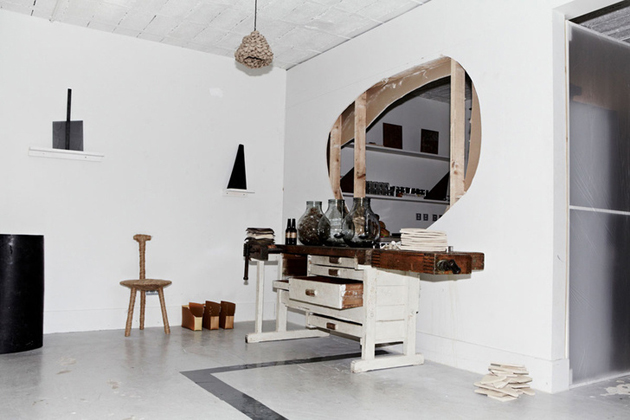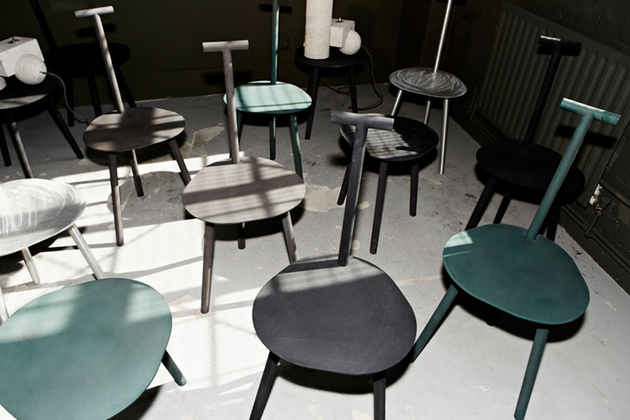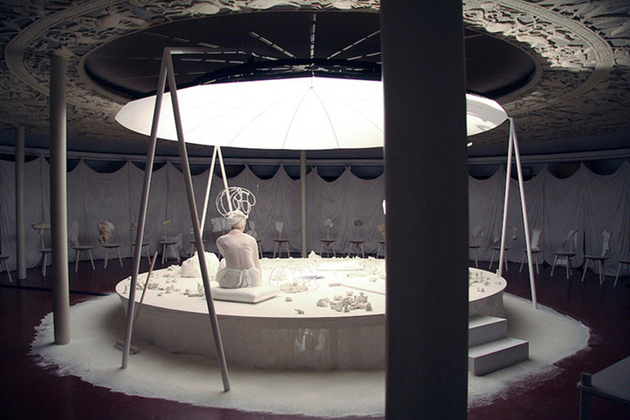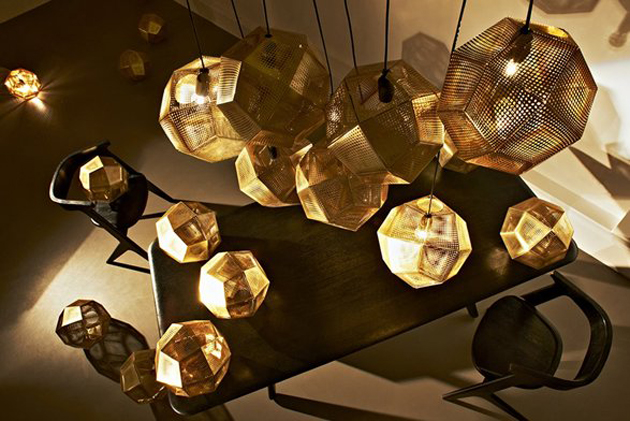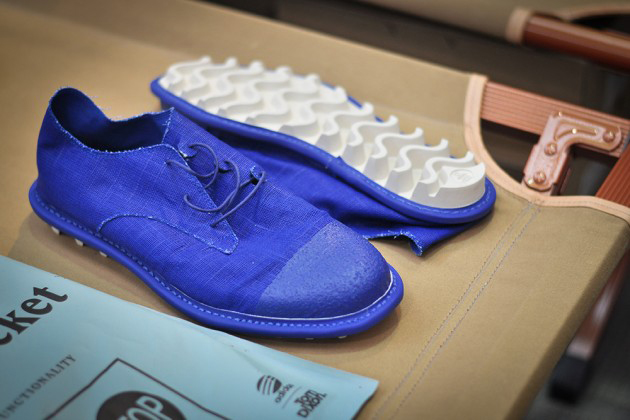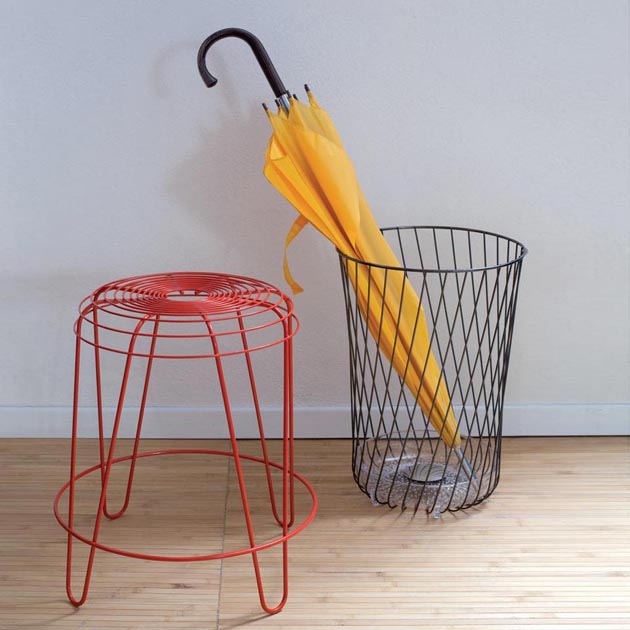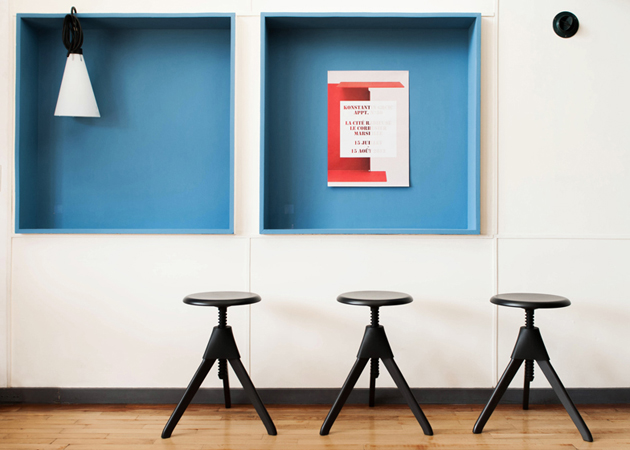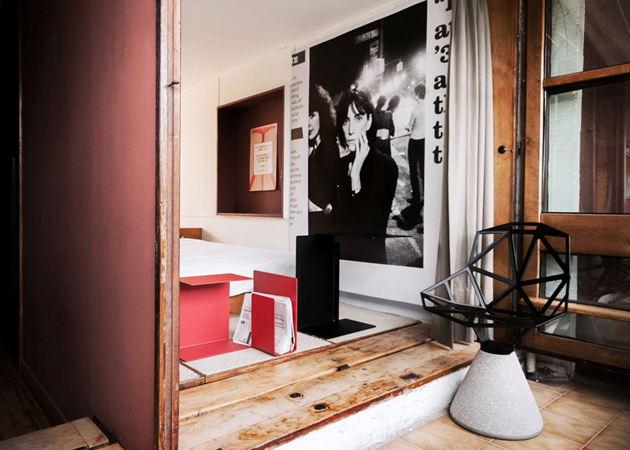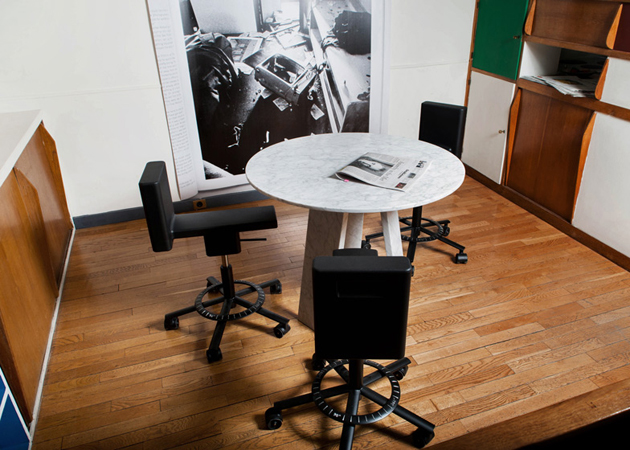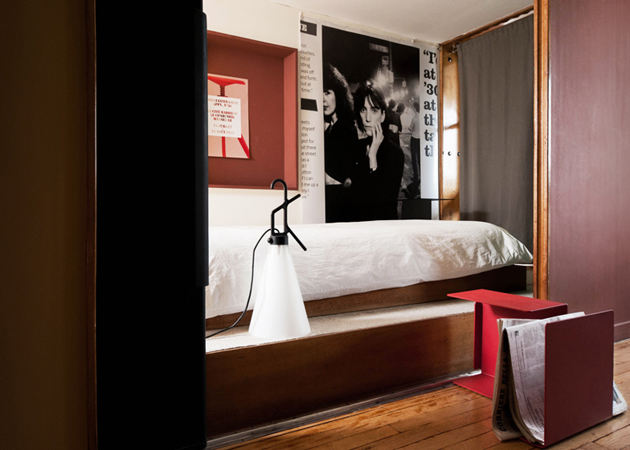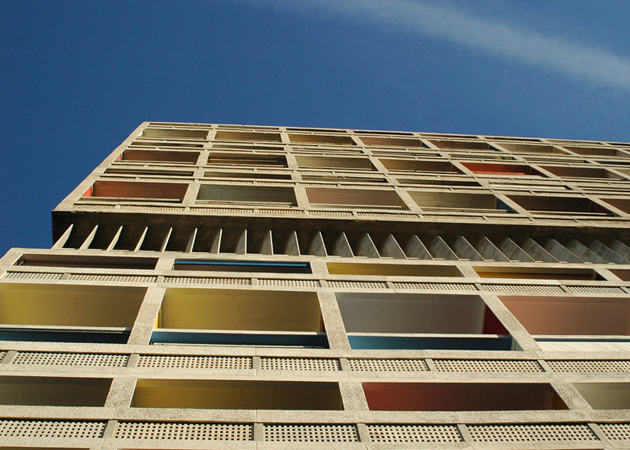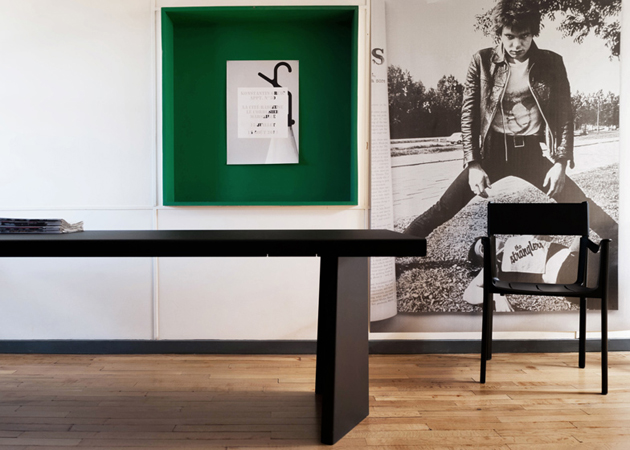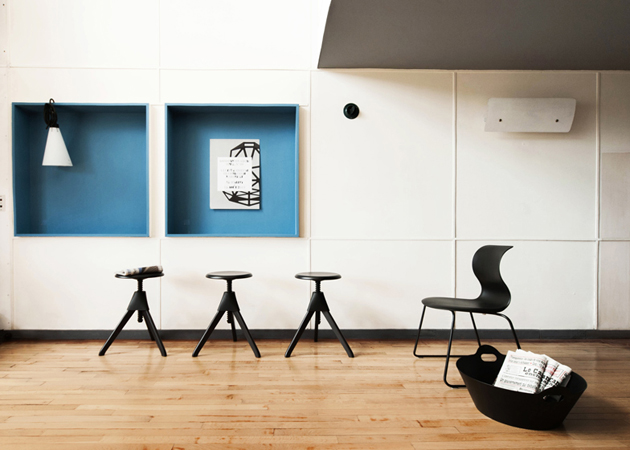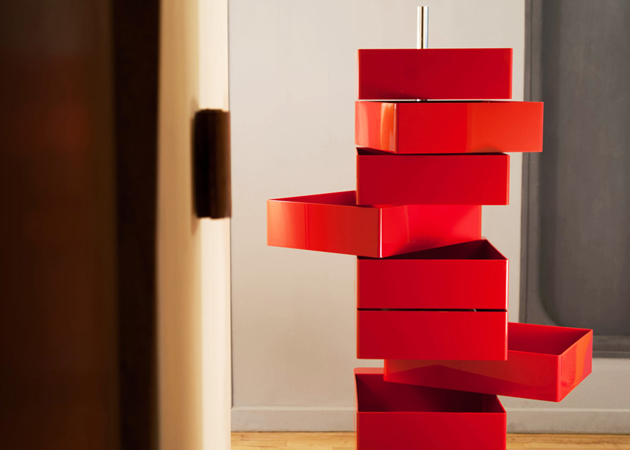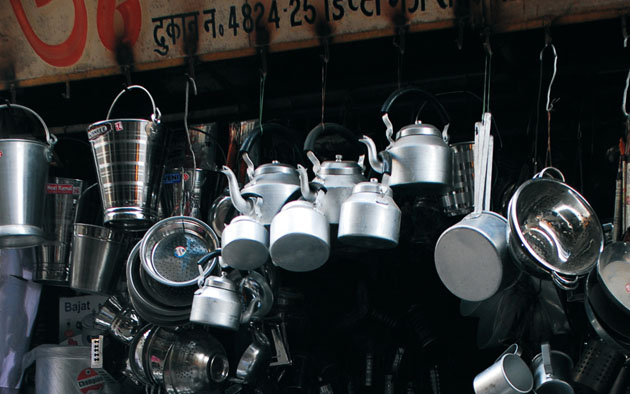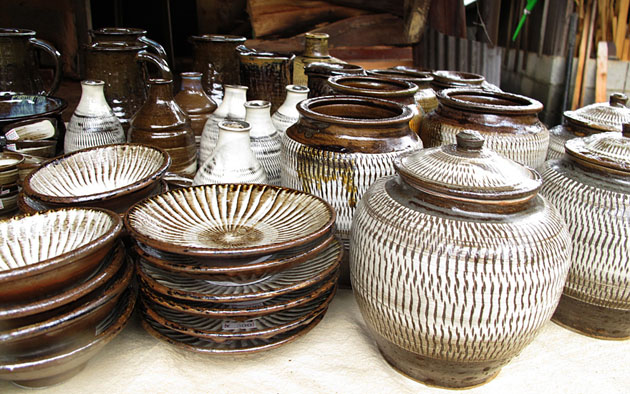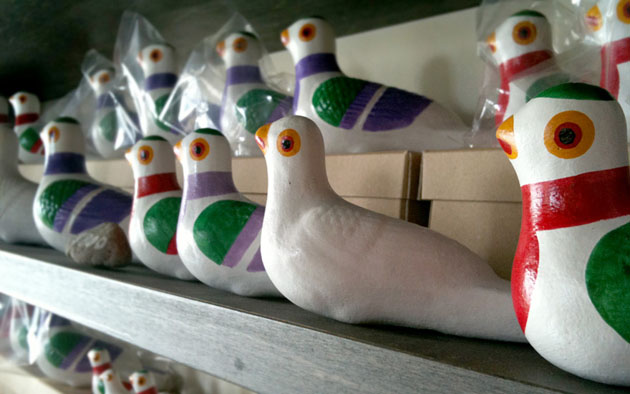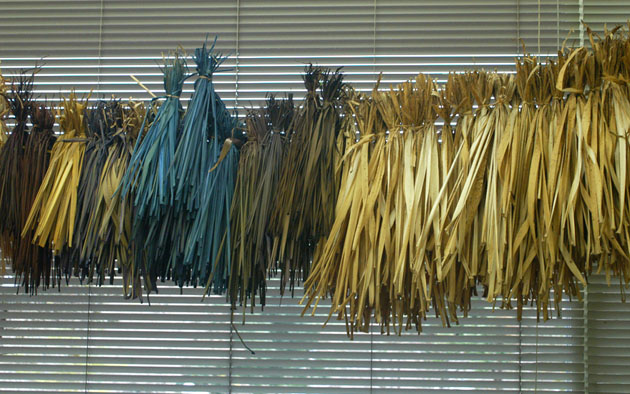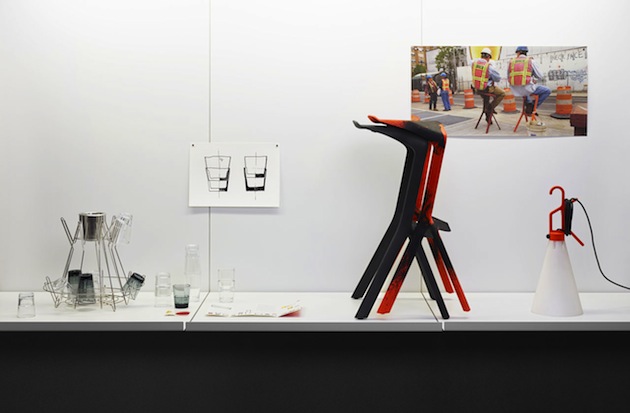
Konstantin Grcic is one of the most influential designers of our time. Serious and functional, unwieldy and occasionally disconcerting, his works combine an industrial aesthetic with experimental, artistic elements. Many of Grcic’s creations, such as Chair_One (2004) or the Mayday lamp (1999), are widely acclaimed as design classics. Opened this Sunday at Z33, “Konstantin Grcic – Panorama”, developed in collaboration with the Vitra Design Museum, is the largest solo exhibition on Grcic and his work to date.
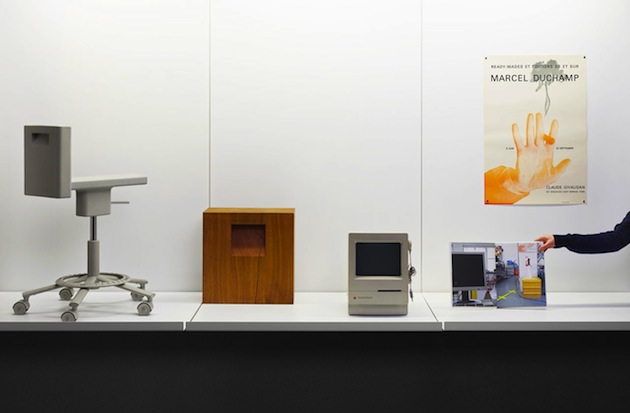
Specifically for this exhibition, Grcic has developed several largescale installations rendering his personal visions for life in the future: a home interior, a design studio and an urban environment. These spaces stage fictional scenarios confronting the viewer with the designer’s inspirations, challenges and questions, as well as placing Grcic’s works in a greater social context. The highlight of these presentations is a 30-metre long panorama that depicts an architectural landscape of the future. A fourth area of the exhibition takes a focused look at Grcic’s daily work. This section presents many of his finished objects, but also prototypes, drawings and background information along with artefacts that have inspired Grcic – from an old teapot and an early Apple computer to works by Marcel Duchamp, Gerrit Rietveld and Enzo Mari. In the shift of perspectives between larger and smaller scales, the exhibition demonstrates how design is more than mere problem solving for Grcic, but a highly complex process that integrates coincidences, ruptures, chance discoveries and a profound engagement with the visual culture of our time.
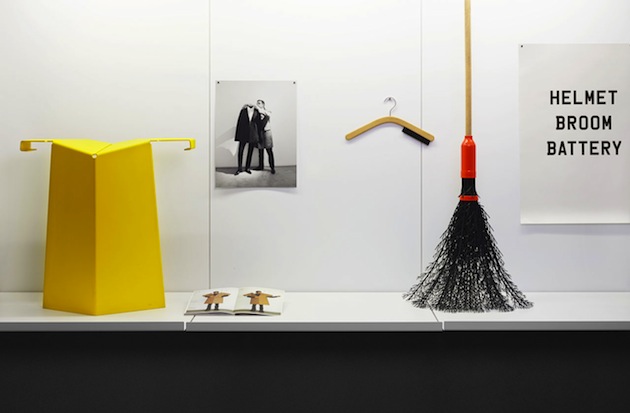
With “Panorama”, Grcic enters new territory. Never before has he so fundamentally reflected on his own work and so thoroughly disclosed his own understanding of design in general. The exhibition is based on an extensive analysis of current technological shifts, innovations and upheavals in contemporary design. It was developed over three years of close collaboration between Grcic, Vitra Design Museum and Z33. The result is a striking presentation of narrative and visual intensity, situated on the cusp between present and future, reality and fiction.
